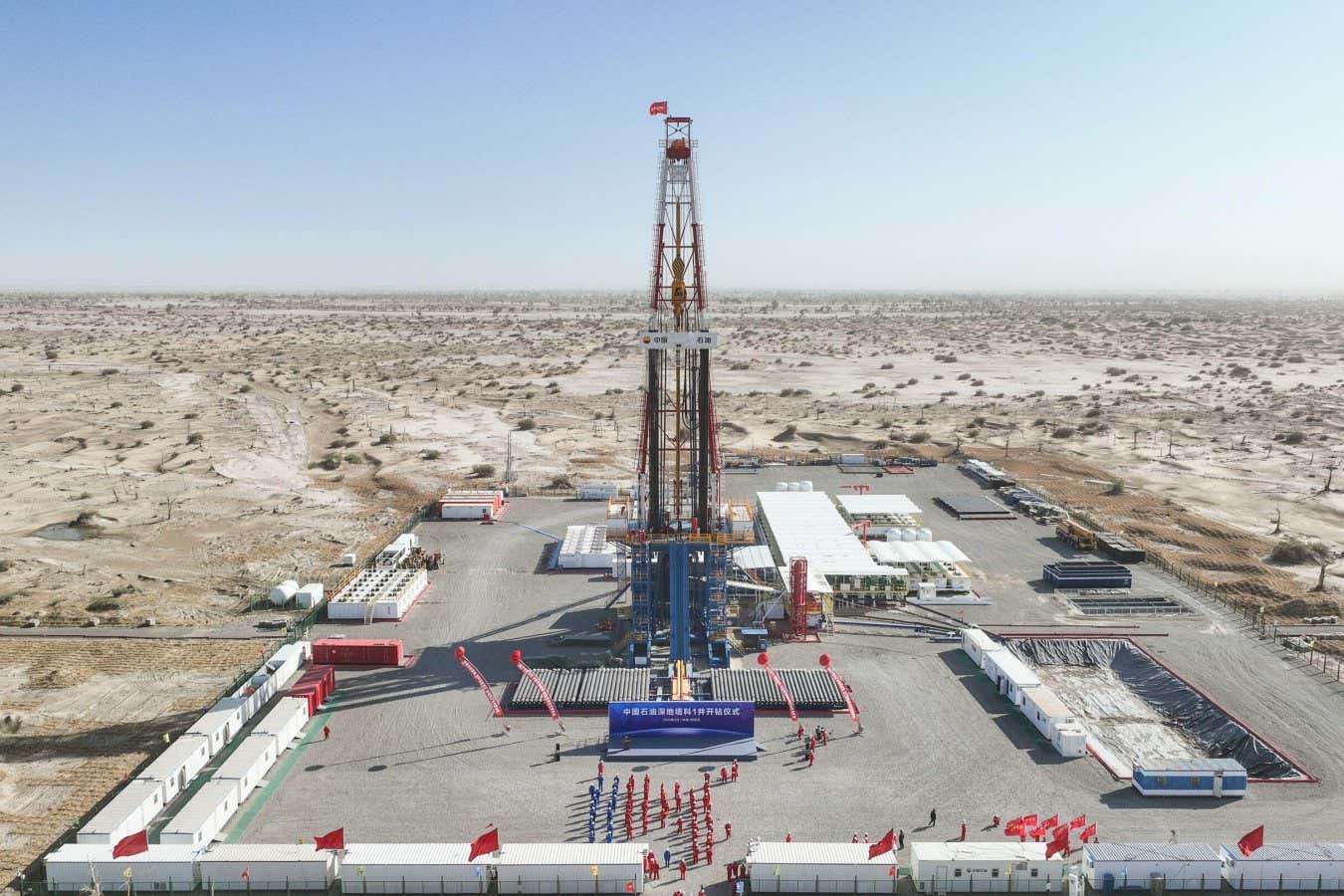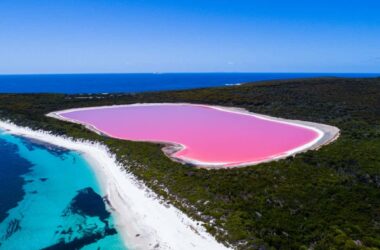China’s largest oil producer has commenced drilling a borehole in the Taklamakan Desert with the expectation of reaching a depth exceeding 10,000 meters. This deep borehole, one of the deepest ever drilled, could provide valuable geological insights and access to ultra-deep oil reserves. The China National Petroleum Corporation began drilling the narrow borehole in Xinjiang Uighur Autonomous Region on May 30. The projected depth of the hole is 11,100 meters, making it the deepest in China and among the deepest in the world. To expedite drilling, Sinopec, a petroleum refiner, is also involved in the project and aims to achieve the maximum depth within 457 days.
The significance of the planned drilling lies in the potential to reach rocks formed during the Cretaceous period (66 million to 145 million years ago) and even older Cambrian strata (formed over 500 million years ago). Some geologists believe the Cambrian strata in the Tarim Basin, an oilfield in China, to be a source of oil and gas. Therefore, the drilling project intends to investigate the presence of oil and gas in these ultra-deep depths.
President Xi Jinping has identified the exploration of the “deep Earth” as one of the strategic frontiers for China’s scientific community. The initiative aims to reduce China’s reliance on mineral, metal, and oil and gas imports. Xinjiang’s Tarim Basin already contains significant oil fields, and Sinopec has previously developed ultra-deep wells in the region. By drilling deeper in the Tarim Basin, researchers hope to gain a better understanding of its unique geology, given that the basin was formed during the closure of the Palaeo-Asian Ocean over 200 million years ago.
Although some experts view the drilling as primarily industrial rather than scientific, it could still provide valuable information through core samples and geophysical measurements. By studying the basin’s geology, researchers can enhance their knowledge of the sediment accumulation from the Cambrian period onwards, similar to the visible strata in the Grand Canyon. This drilling project has implications not only for China’s energy production but also for expanding our understanding of the Earth’s geological history.








